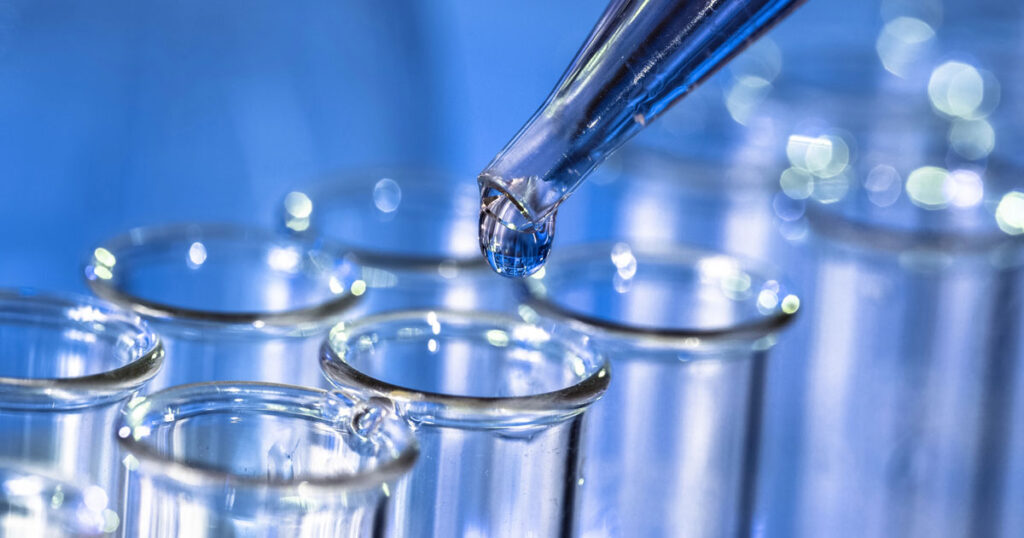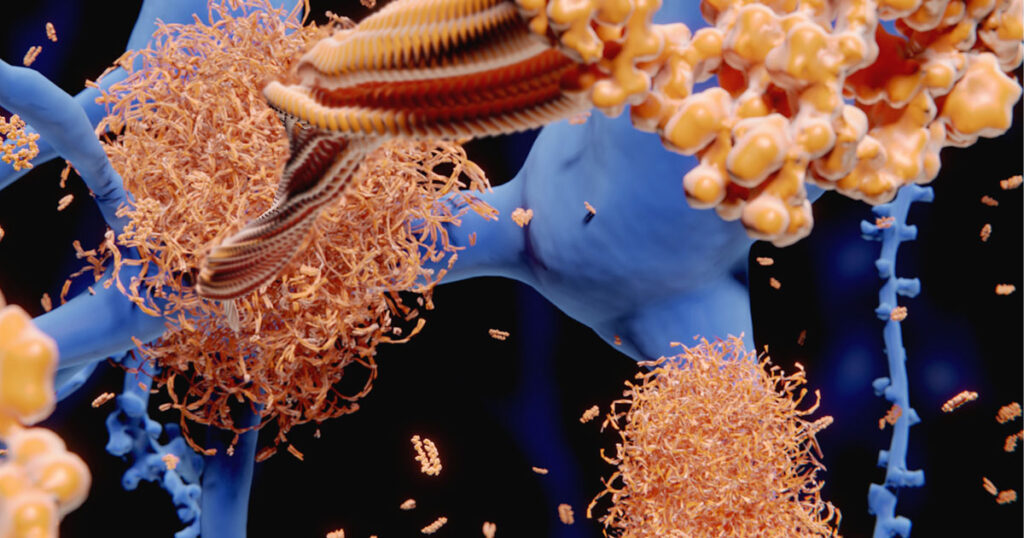In this guide, we will dive into how to properly reconstitute a peptide vial. Peptides can vary in terms of solubility, stability, and the preferred solvent. Reading the product’s datasheet or consulting with the supplier can provide crucial information about the peptide’s characteristics and recommended reconstitution solvents.
Required Materials
- Lyophilized peptide vial
- Sterile diluent (e.g., distilled water, sterile saline, or a buffer like PBS)
- Alcohol wipes
- Precision syringes with needles
- Gloves
Step-by-Step Reconstitution Process
- Preparing Your Work Area
Ensure your work area is clean and sterile. Wipe down surfaces with alcohol wipes and wash your hands thoroughly before putting on gloves. This reduces the risk of contaminating the peptide or solvents. - Choosing the Right Solvent
Based on your peptide’s properties, select an appropriate solvent. For most peptides, sterile distilled water is suitable, but some may require a buffer or organic solvent to dissolve properly. - Swabbing the Vial
Before opening, swab the vial’s rubber stopper with an alcohol wipe to sterilize it. Allow it to air dry to minimize contamination risk. - Drawing the Solvent
Using a precision syringe, draw the required amount of solvent. The amount depends on the desired peptide concentration. It’s important to calculate this beforehand based on your experimental needs. - Adding the Solvent to the Peptide Vial
Insert the needle through the vial’s rubber stopper at an angle to ensure the solvent flows down the side of the vial, not directly onto the peptide powder. This helps prevent the loss of material due to adhesion to the vial’s sides. - Dissolving the Peptide
Gently swirl or tap the vial to mix the solvent and peptide. Avoid shaking vigorously as some peptides are sensitive to shear forces and can degrade. If the peptide does not dissolve fully, you may need to adjust the solvent or seek advice. - Storage
Once fully dissolved, peptides should be stored according to the manufacturer’s instructions. Many reconstituted peptides are stable for short periods at 4°C but for longer-term storage, aliquoting and freezing at -20°C or lower is recommended.
Important Tips
- Solubility First, Then Sterility: Always focus on dissolving the peptide fully before worrying about maintaining sterility.
- Avoid Repeated Freeze-Thaw Cycles: Repeatedly freezing and thawing can degrade peptides. If using multiple times, consider aliquoting into smaller volumes.
- Use Immediately or Store Properly: Once reconstituted, use the peptide as soon as possible or store it under recommended conditions to maintain stability.
Reconstituting peptides correctly is essential for the success of your experiments. Following this guide ensures that your peptides are prepared accurately, maximizing their efficacy and stability for research applications.




